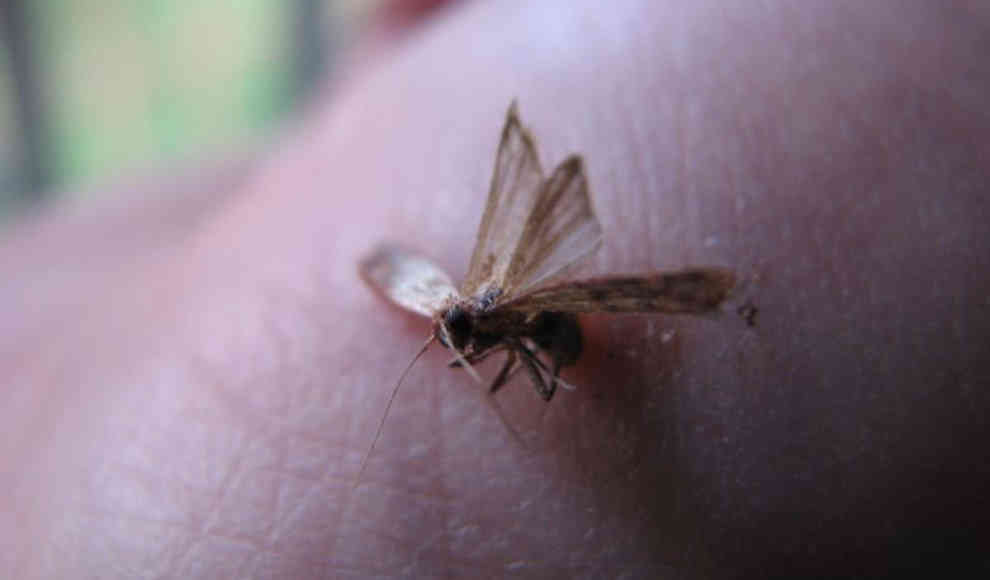Persistent and hard to get rid of, food moths are a common problem in many households. The eggs of these insects are highly resistant and can be found in tight crevices and cracks in kitchen cabinets or boxes, making it difficult to locate all the pupated larvae. Experts recommend that when faced with an infestation of food moths, all affected food should be disposed of outside the house immediately. The cabinets should then be thoroughly cleaned multiple times, and it is advisable to set up so-called bait traps to prevent the reproduction of the insects.
The Verbraucher Initiative in Berlin advises consumers to store opened food in tightly sealed containers and to regularly clean all areas where food is stored. Cracks, crevices, and hollow spaces should ideally be sealed with a sealant such as silicone. Food moths include not only the dried fruit moth but also the flour moth and the mealworm. These insects like all grain products, as well as dried fruits and vegetables. Baking powder and chocolate are also on their menu. The infestation of food moths is not a sign of poor hygiene. In most cases, the moths or their larvae are brought into the home through already infested food purchased from stores. Therefore, it is worth examining purchased food more closely before storing it away.
According to experts, bait traps can be effective in preventing the reproduction of food moths. However, it is important to note that only male food moths are attracted to these traps. The Verbraucher Initiative in Berlin recommends that all affected food be disposed of outside the house immediately, and the cabinets should be thoroughly cleaned multiple times. It is also advisable to store opened food in tightly sealed containers and to regularly clean all areas where food is stored. Sealing cracks, crevices, and hollow spaces with a sealant such as silicone can also help prevent infestations.










